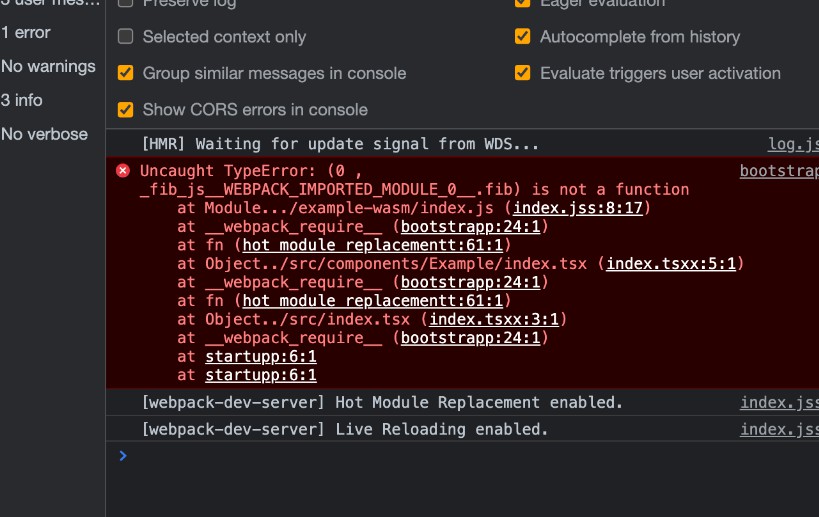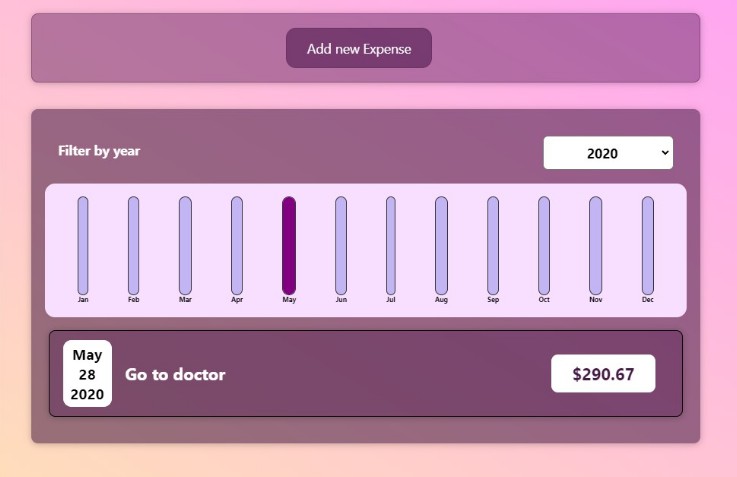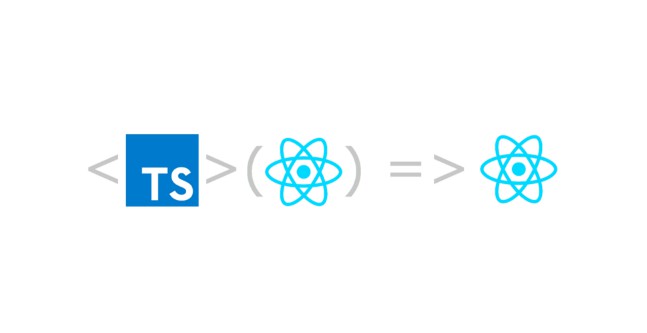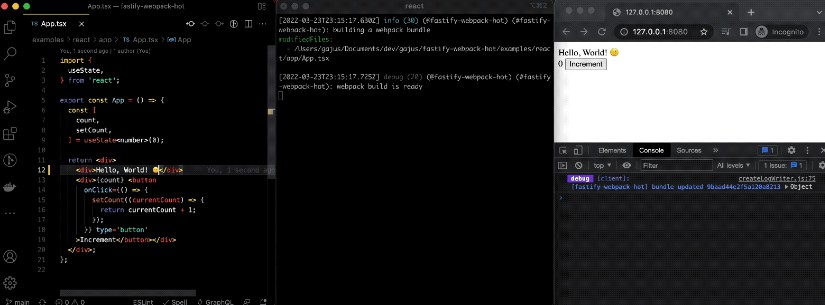emscripten-cplusplus-webpack-example
Demo
https://9oelm.github.io/emscripten-cplusplus-webpack-example/
Rationale
Ok. Why this repo? Using Emscripten on C++ to use WASM binary with Webpack + Typescript + React will NOT just work and things about this are very poorly documented sparsely across the web.
So I decided to go through this rabbit hole and find out the solution, and I did.
This is a step-by-step hands-on guide on:
- Compiling C++ code (two .cc’s and two .h’s) into a single Webassembly binary using Emscripten in Docker
- Feeding the resultant .wasm into Webpack + Typescript + React project under npm workspaces (monorepo) setup
- Seeing the thing working, being happy by then, and going back to work
Now, I will just write in order what needs to be exactly done. PRs welcome.
Init project
I assume you already have installed / know nvm, so no explanation on this one.
Run from project root:
nvm use # use appropriate node & npm version as specified by .nvmrc
npm i # install deps for all packages, and link packages from each other under the monorepo setup
Compile C++ to .wasm (everything done inside packages/example-wasm)
First, you will need to build the dockerfile. You can use your own em++ locally, but I personally find it the simplest to use docker container instead.
$ cd packages/example-wasm
$ ls
add.cc dockerutil.sh fib.wasm package-lock.json
add.h fib.cc index.d.ts package.json
compile.sh fib.h index.js tsconfig.json
dockerfile fib.js node_modules
$ chmod u+x compile.sh dockerutil.sh # grant shell scripts permission
$ ./dockerutil.sh -c build # download & build docker image
[+] Building 0.8s (8/8) FINISHED
=> [internal] load build definition from Dockerfile 0.0s
=> => transferring dockerfile: 154B 0.0s
=> [internal] load .dockerignore 0.0s
=> => transferring context: 2B 0.0s
=> [internal] load metadata for docker.io/emscripten/emsdk:latest 0.0s
=> CACHED [1/4] FROM docker.io/emscripten/emsdk:latest 0.0s
=> [2/4] WORKDIR /etc/example-wasm 0.0s
=> [3/4] RUN ls -la 0.3s
=> [4/4] RUN which em++ 0.3s
=> exporting to image 0.0s
=> => exporting layers 0.0s
=> => writing image sha256:c4243b91ba65d543b6ace91d2ca6faf0bed700196f 0.0s
=> => naming to docker.io/library/example-wasm 0.0s
Use 'docker scan' to run Snyk tests against images to find vulnerabilities and learn how to fix them
Then, review the code in compile.sh (important stuffs are written as comments in this file, so no alternative elaboration here):
#!/bin/bash
# EXPORST_NAME means we can import from fib.js as follows:
# import { fib } from './fib.js'
# and fib will contain the module with webassembly
# EXPORTED_FUNCTIONS is the list of functions
# exported from C. Make sure you put them into extern "C" {} block in your c++ code.
# Then simply prefix the functions you are going to export with an underscore, and add it to the list below
# Comment out -s "FILESYSTEM=0" if you don't need to use fs (i.e. use it on web entirely)
# if you create more dependencies of fib.cc, simply add them to the end of the below command, like: -o ./fib.js fib.cc add.cc anotherdep.cc and_so_on.cc
em++ -O3 -s WASM=1 -s EXPORTED_RUNTIME_METHODS='[\"cwrap\"]' -s ALLOW_MEMORY_GROWTH=1 -s MODULARIZE=1 -s 'EXPORT_NAME="fib"' -s 'EXPORTED_FUNCTIONS=["_fib"]' -s "ENVIRONMENT='web'" -o ./fib.js fib.cc add.cc
# -s "FILESYSTEM=0"
Now, compile the C++ code using Emscripten in Docker:
$ ./dockerutil.sh -c run
Then, you must be able to see fib.js and fib.wasm in the same directory.
Glue code
If you are looking at this repo, you probably struggled to integrate the output from the previous step into webpack configurations. As pointed out by @surma, you need some additional setup. And the things @surma pointed out in the past also have changed over time… so there needs to be some kind of glue code anyways. That is packages/example-wasm/index.js:
import { fib } from "./fib.js"
import fibonacciModule from "./fib.wasm"
// Since webpack will change the name and potentially the path of the
// `.wasm` file, we have to provide a `locateFile()` hook to redirect
// to the appropriate URL.
// More details: https://kripken.github.io/emscripten-site/docs/api_reference/module.html
const wasm = fib({
locateFile(path) {
if (path.endsWith(`.wasm`)) {
return fibonacciModule
}
return path
},
})
export default wasm
And here’s the type definition (Emscripten does not create one for you, so I created it myself, and you will need to too if you want):
/* eslint-disable */
export interface FibWasm {
_fib(a: number): number;
}
export declare const FibWasmPromise: Promise<FibWasm>;
export default FibWasmPromise
So.. judging from above code, you can simply do something like:
import FibWasmPromise from './index.js'
... somewhere in the code ...
async function loadAndrunWasm() {
const fibWasm = await FibWasmPromise
fibWasm._fib(5)
}
Right. But to be able to do this, we need some more work from Webpack side.
Webpack configuration (everything done inside packages/example-web)
Now, webpack natively supports importing wasm, but the problem is that the kind of wasm it supports is NOT the kind produced by emscripten. So what do we do?
We put this in module.rules in webpack config:
{
test: /fib\.js$/,
loader: `exports-loader`,
options: {
type: `module`,
// this MUST be equivalent to EXPORT_NAME in packages/example-wasm/complile.sh
exports: `fib`,
},
},
// wasm files should not be processed but just be emitted and we want
// to have their public URL.
{
test: /fib\.wasm$/,
type: `javascript/auto`,
loader: `file-loader`,
// options: {
// if you add this, wasm request path will be https://domain.com/publicpath/[hash].wasm
// publicPath: `static/`,
// },
},
You need to use exports-loader because it seems that fib.js (output from em++) does not export fib for whatever reason. You will get this error if you comment out exports-loader part:
Now, I mentioned that Webpack supports importing wasm out of the box, and that makes this thing not work. So we are just going to tell Webpack to import wasm without any processing. That is what file-loader is doing below exports-loader.
After you launch webpack dev server, you will be able to see your wasm being requested as https://localhost:8080/[hash].wasm.
And don’t forget to include @emscripten-cplusplus-webpack-example/example-wasm as a dependency in packages/example-web/package.json (it is already there, but you will need to do it yourself for your project)
"dependencies": {
"axios": "^0.24.0",
"lodash.flow": "^3.5.0",
"react": "^17.0.2",
"react-dom": "^17.0.2",
"@emscripten-cplusplus-webpack-example/example-wasm": "*"
}
import it and rock
Now, just import it, await the promise and use it. Ah, and if you are curious about Pure and Impure parts, it’s another huge topic… to be explained for effective React. I won’t explain it here. Just look at how wasm gets imported and used.
import React, { useEffect, useState } from "react"
import { FC } from "react"
import { enhance } from "../../utilities/essentials"
import { ExampleFallback } from "./fallback"
import fibWasmPromise from "@emscripten-cplusplus-webpack-example/example-wasm"
// eslint-disable-next-line @typescript-eslint/ban-types
export type ExampleImpureProps = {}
export const ExampleImpure: FC<ExampleImpureProps> =
enhance<ExampleImpureProps>(() => {
const [fibResult, setFibResult] = useState<null | number>(null)
useEffect(() => {
async function loadAndRunFibWasm() {
const fibWasm = await fibWasmPromise
setFibResult(fibWasm._fib(20))
}
loadAndRunFibWasm()
}, [])
return (
<ExamplePure
{...{
fibResult,
}}
/>
)
})(ExampleFallback)
// eslint-disable-next-line @typescript-eslint/ban-types
export type ExamplePureProps = {
fibResult: number | null
}
export const ExamplePure: FC<ExamplePureProps> = enhance<ExamplePureProps>(
({ fibResult }) => (
<div>
{(() => {
switch (fibResult) {
case null: {
return <p>fib(20): loading</p>
}
default: {
return <p>fib(20): {fibResult}</p>
}
}
})()}
</div>
)
)(ExampleFallback)
Then.. IT WORKS!!
References
- https://github.com/PetterS/clang-wasm
- https://towardsdev.com/lets-export-the-c-library-to-javascript-wasm-library-part-a-4b99c9a7cf2
- https://emscripten.org/docs/porting/files/file_systems_overview.html
- webpack/webpack#7352
- https://gist.github.com/surma/b2705b6cca29357ebea1c9e6e15684cc
- https://developer.mozilla.org/en-US/docs/WebAssembly/existing_C_to_wasm
- emscripten-core/emscripten#10224
- https://stackoverflow.com/questions/8249945/what-is-object-in-object-file-and-why-is-it-called-this-way







